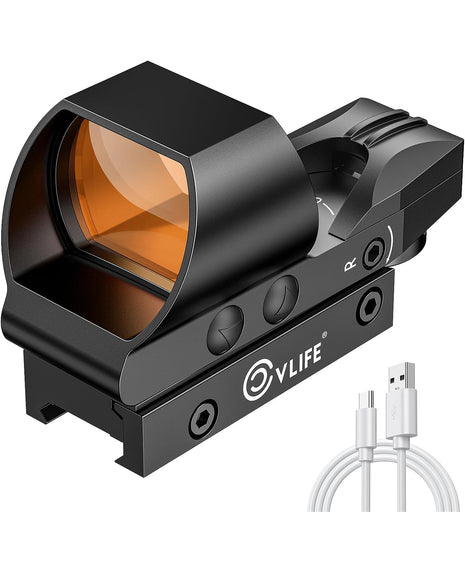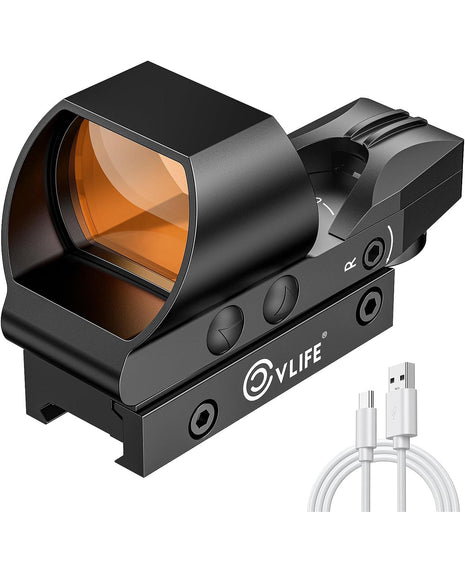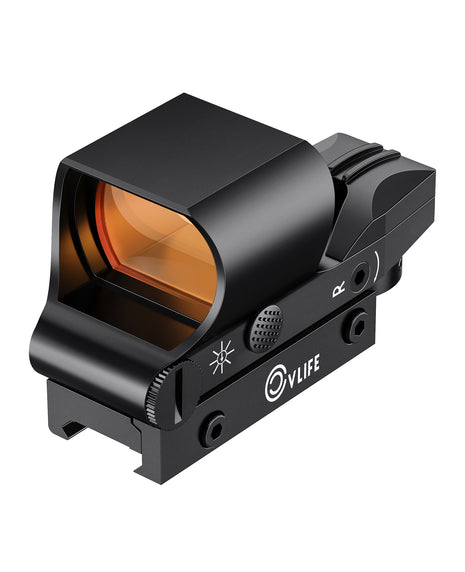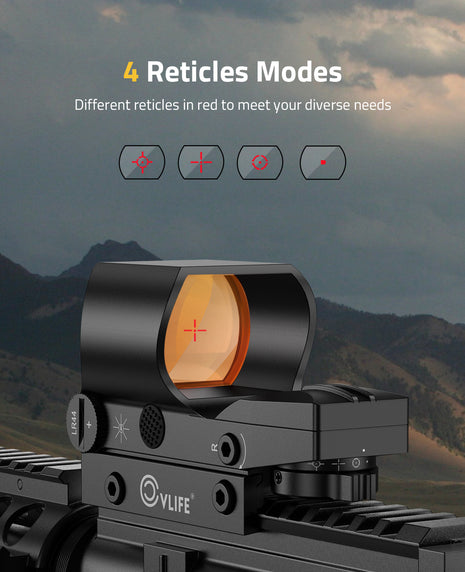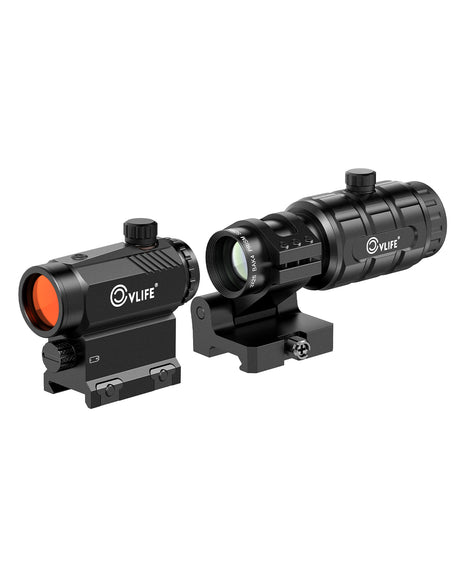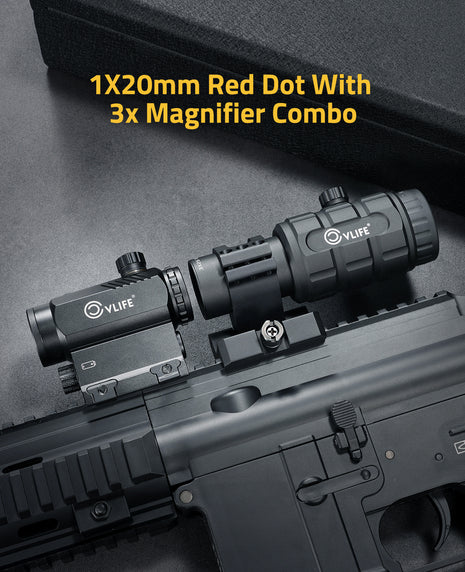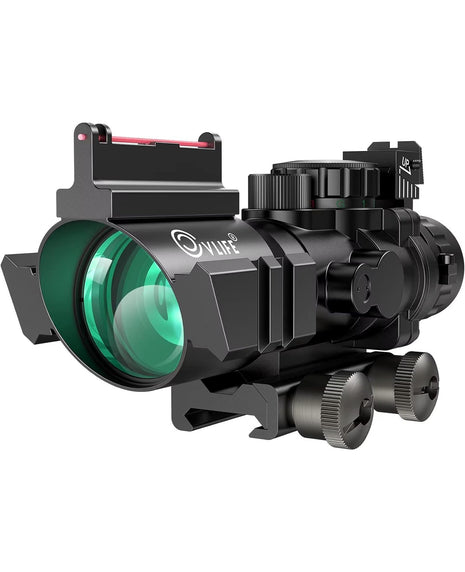A Red Dot Sight Or A RifleScope?
- 3 min reading time

One of the most common questions presented by new modern-day sporting rifle owners is "Should I select a scope versus a red dot sight?" While there's no right or incorrect response, the answer provided is typically focused around the intended use of the rifle. So, what's the difference between a red dot and a scope? Here's a short summary of the two to help you make the very best decision for your shooting circumstance.
A Red Dot Sight
Red dot sights, or reflex optics, such as the cvlife series optic sights, make it much easier to be fast and precise at close ranges thanks to their little size and lightweight as well as their propensity for making target acquisition quick. When shooting at a range, your goal needs to be to put each shot on target as precisely as possible. Red dot sights assist with this objective by making it simpler to acquire your target. And since many red dots do not have zoom, it is easier to check out them with both eyes open. That makes it helpful when you are moving or your target is moving. Red dot sights can be sufficient on rifles or short-barreled rifles approximately 300 backyards but a lot of shooters usually choose using them within 100 lawns.
For those who choose shooting longer ranges however still take pleasure in the benefits of a red dot sight, magnifiers can be included onto the rail between you and the red dot sight. This is a typical setup for 3-gun competitors or tactical training situations when you engage targets 25 to 30 backyards out however then switch quickly to targets at longer distances.
A Riflescope
While usually reserved for medium to long-range shooting, riflescopes can likewise be utilized when contending shorter distances is chosen. If you intend on target shooting from a fixed position and are aiming out to 100 yards, you might decide that a tactical riflescope, such as the CVlife series riflescopes, will assist sharpen precision and accuracy. Nevertheless, where riflescopes actually shine is in their ability to increase your accuracy at higher distances due in big part to their zoom changes. Tactical riflescopes tend to have more complicated reticles that permit minute measurement changes on both the vertical and horizontal axis. This design of scope is typically chosen in military training and operations.
When choosing a scope for searching, you'll want to select one with a magnification range based on the locations you prepare to hunt. For example, in the thick woods of New England, you usually only need to shoot out to 100 or 200 lawns. Because scenario, you may decide a scope with a 1-4x, 2-10x and even 3-12x magnification will be sufficient. In the open plains or high alpine territory of the west, you might require to shoot a lot longer distances in which case 3-18x, 4-16x, 6-24x, or perhaps 5x30 would make one of the most sense. Whichever magnification you choose to pick, bear in mind that the more you focus on your target, the more difficult it is to track, move and intend your weapon.
A Combination of Both
Some people discover that they desire the capability to engage targets at all ranges in all scenarios. For these shooters, choosing a riflescope with a balanced out red dot is the preferred service. Initially developed in the 3-gun competitors world and now common in tactical training circumstances, the addition of a balanced out red dot sight on a riflescope permits you to engage targets at 50 yards and then immediately at 300 yards simply by tilting the rifles at 45 degrees.

